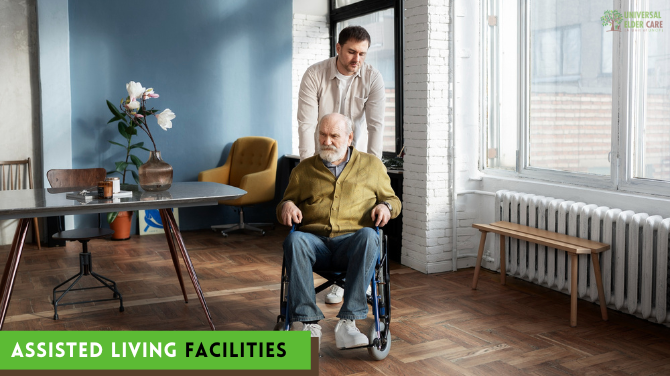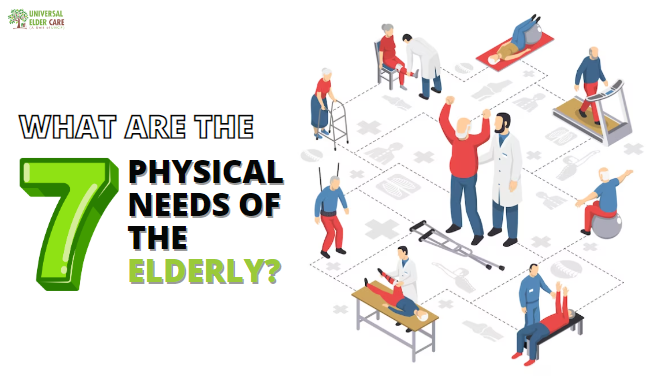Benefits of Assisted Living Facilities Service

Assisted living facilities are long-term care facilities that provide housing, healthcare, and personal care services to seniors and individuals with disabilities. These facilities are designed to offer a supportive and safe living environment for those who need assistance with daily activities such as bathing, dressing, and medication management. In this blog, we will discuss the benefits of assisted living facilities and how they can help improve the quality of life for residents.
Benefits of Assisted Living Facilities:
- Safety and Security: Assisted living facilities offer a safe and secure living environment for residents. They have 24-hour staff available to provide assistance and emergency care.
- Personalized Care: Assisted living facilities offer personalized care services to residents based on their individual needs and preferences. This can include assistance with daily activities, medication management, and healthcare services.
- Socialization: Assisted living facilities offer opportunities for socialization and community engagement. Residents can participate in group activities and events, which can improve their mental health and wellbeing.
- Nutritious Meals: Assisted living facilities provide nutritious meals to residents, which can improve their overall health and wellbeing.
- Maintenance-Free Living: Assisted living facilities offer maintenance-free living for residents, which means they don't have to worry about tasks such as housekeeping, laundry, and yard work.
Improving Quality of Life in Assisted Living Facilities:
- Person-Centered Care: Assisted living facilities should focus on providing person-centered care that is tailored to the needs and preferences of each resident.
- Staff Training: Assisted living facilities should provide staff training on providing compassionate care, communication, and managing challenging behaviors.
- Community Engagement: Assisted living facilities should offer opportunities for residents to engage with their community, such as volunteering or attending local events.
- Technology: Assisted living facilities can use technology such as telemedicine and monitoring systems to improve healthcare services and communication between residents and staff.
- Family Involvement: Assisted living facilities should involve family members in care planning and decision-making to promote resident-centered care.
Assisted living facilities offer a range of benefits to seniors and individuals with disabilities, including safety, personalized care, socialization, nutritious meals, and maintenance-free living. By focusing on person-centered care, staff training, community engagement, technology, and family involvement, assisted living facilities can improve the quality of life for residents and promote their overall health and wellbeing.




